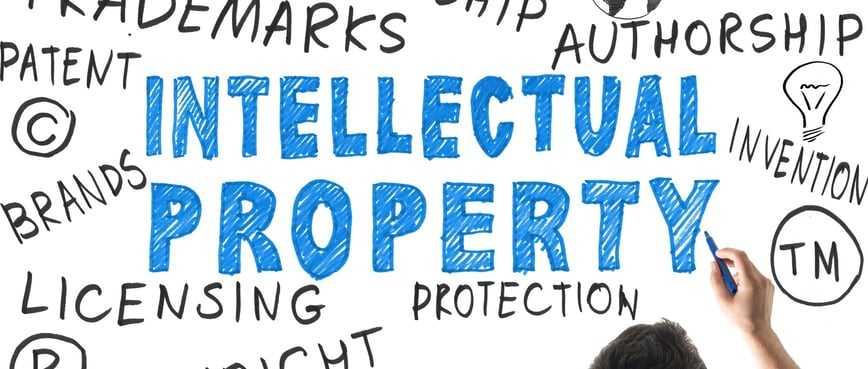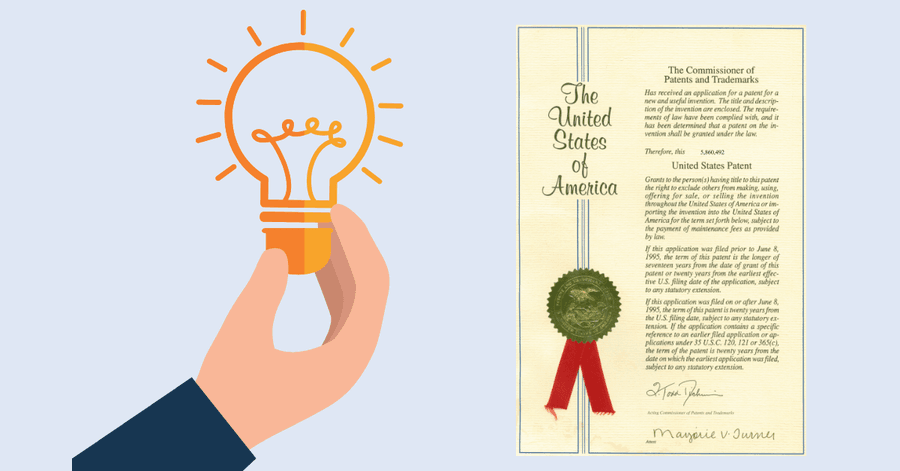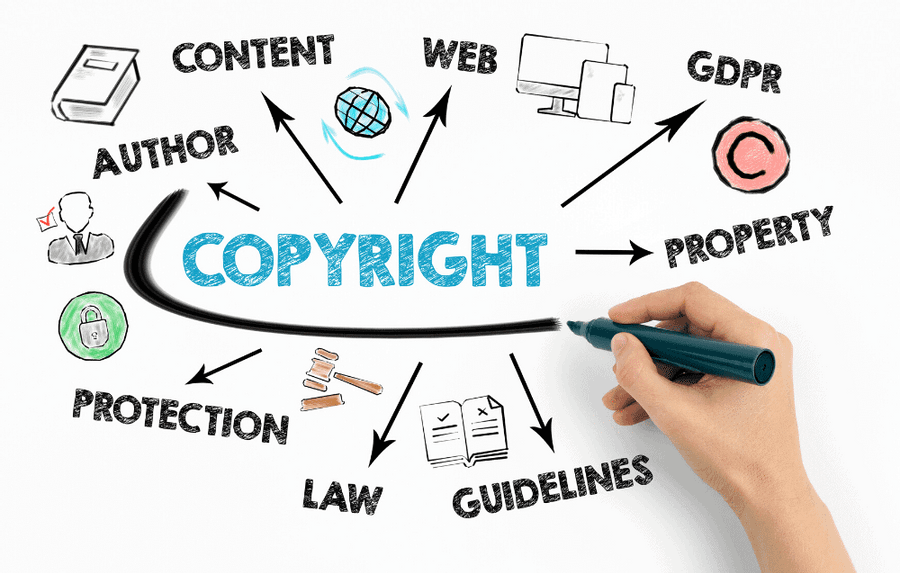Explore the World's Best Ideas
Join today and uncover 100+ curated journeys from 50+ topics. Unlock access to our mobile app with extensive features.
Understanding IP protections
You’ve got a great idea, maybe the next killer app. You launch, and the next thing you know, you’re wrapped up in a legal battle because, much to your surprise, one small component of your product uses technology that has been patented by someone else before you.
Whether you're protecting your product or protecting your company from infringing on someone else's, you must factor precautions into any product strategy.
18
205 reads
Trademarks
Trademarks protect symbols such as words, phrases, logos and other visual identifiers that represent a brand or product. This can also include sounds, colors and building designs. Think of things like the MGM lion roar, Barbie pink and a Burger King restaurant. Trademarks are primarily used to ensure the uniqueness of a brand's identity, which builds consumer trust.
16
76 reads
Patents
A patent protects a novel invention, including a design process or physical product. Patents are time-limited, typically for 20 years. They create monopolies for patent holders. When creating a product, process or design, it's important to determine if you could be infringing on an existing patent. Otherwise, you risk legal repercussions, even for inadvertent infringement. An attorney is needed for patent search and creation.
16
76 reads
Copyrights
A copyright gives the holder exclusive rights to distribute, duplicate or recreate original works of authorship, which can include things like visual designs, software, graphic designs, web content and more. Unlike other IP protections, however, a copyright holder cannot successfully sue someone that has independently or inadvertently created the same or very similar work.
16
64 reads
Trade secrets
Trade secrets are meant to protect internal technology and processes that bring value to your business, and that would give others advantage to your detriment were they given access to such resources. Unlike a patent, trade secrets are not registered.
Protection is typically established through non-disclosure obligations in contracts (like NDAs, employment contracts and partnership agreements).
16
55 reads
Why might some founders neglect IP protections?
This could be the result of a lack of awareness of the risks of not establishing protections.
Patents, for instance, are not cheap to register, and not everything is patentable. Some founders don't consider the intangibles of what they are building. It's crucial to ensure differentiation of what your product or service does, how it functions, and how it's presented. Those differentiators can make or break your business and must be protected.
16
64 reads
IDEAS CURATED BY
Samuel Acosta's ideas are part of this journey:
Learn more about artsandculture with this collection
The history of fashion
The impact of fashion on society
The future of the fashion industry
Related collections
Similar ideas
11 ideas
Intellectual Property
investopedia.com
4 ideas
11 ideas
How to get your product in stores: the ultimate guide
realbusiness.co.uk
Read & Learn
20x Faster
without
deepstash
with
deepstash
with
deepstash
Personalized microlearning
—
100+ Learning Journeys
—
Access to 200,000+ ideas
—
Access to the mobile app
—
Unlimited idea saving
—
—
Unlimited history
—
—
Unlimited listening to ideas
—
—
Downloading & offline access
—
—
Supercharge your mind with one idea per day
Enter your email and spend 1 minute every day to learn something new.
I agree to receive email updates




